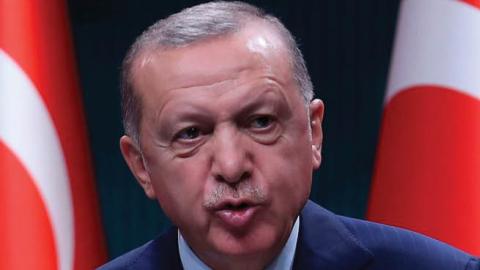George W. Bush and Barack Obama both tried to transform the Middle East. Neither found the kind of success he sought.
But as the U.S. has reduced its regional footprint and ambitions, the Middle East has begun to change on its own. One of the most recent signs of its metamorphosis was Saudi Prince Bandar’s blistering criticism of Palestinian leaders for their decades of poor decision-making. His words are underscored by his kingdom’s decision to open its airspace to commercial flights from Tel Aviv to Dubai. Taken with the United Arab Emirates shifting from not recognizing the Jewish state to building a warm peace and economic partnerships with Israel, it’s clear the region is moving away from the predictable sterility of the past toward something genuinely new.
In the new Middle East, the younger generation is turning its back on religious radicalism, and Arab public opinion is moving to accept the presence of a Jewish state. The Palestinians have lost their position at the center of Middle East politics, and it is Turkey and Iran, not Israel, that Arab rulers are most concerned to oppose.
Read the full article in the Wall Street Journal


















